Carrying Angle of The Elbow
When the arm is extended and the palm is pointing forward, a natural angle between the arm and the forearm is created known as the “Carrying Angle.” When the arm is at the side of the body, this angle enables sufficient space between the forearm and the hips.
Normally, your forearms and hands should point 5 to 15 degrees away from your body when your arms are extended at your sides with your palms facing front. This is the elbow’s “carrying angle” in its natural position. Additionally, it is crucial for carrying things.
In many different medical and anatomical circumstances, the carrying angle has significant significance. It may have an impact on how we carry things, how the elbow joint moves, and how well we assess certain diseases or injuries. In situations like cubitus valgus, where the carrying angle is greater than normal, and cubitus varus, where it is smaller than normal, changes in the carrying angle can be seen.
The carrying angle of the elbow might be reduced by additional elbow fractures. The arm points in the direction of the body when the angle is reduced. It’s referred to as a “gunstock deformity.”
When assessing a carrying angle issue, it’s critical to compare one elbow with the other because the carrying angle differs from person to person.
FAQs
What is a carrying angle?
The carrying angle is the acute angle formed by the median axes of the arm and forearm when they are fully extended and supinated. This posture is crucial when carrying goods because it enables the forearms to pass across the hips in swinging motions when walking.
What is the normal carrying angle?
The carrying angle, which prevents the swinging upper extremity from contacting the side of the pelvis during walking, appears to develop in response to forearm pronation. In adult humans, the carrying angle is roughly 5° for men and 15° for women.
What is the carrying angle of a woman?
Males typically have an angle of 5° to 10°, while females often have an angle of 10° to 15°. Understanding carrying angle is crucial for managing elbow abnormalities, treating displaying elbows, and reconstructing elbows.
Why is it called the carrying angle?
This is the elbow’s “carrying angle” in its natural position. When you swing your arms during activities like walking or other movements, this angle enables your forearms to clear your hips. Additionally, it is crucial for carrying things.

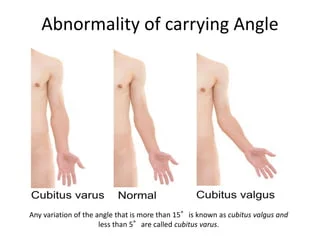
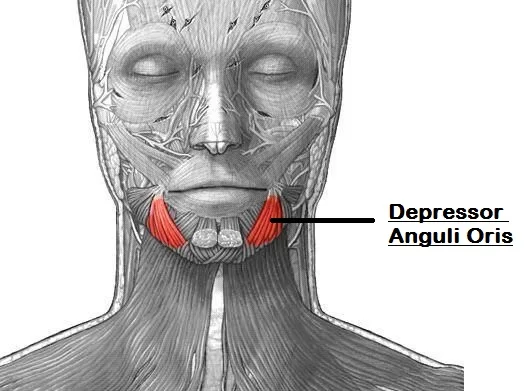
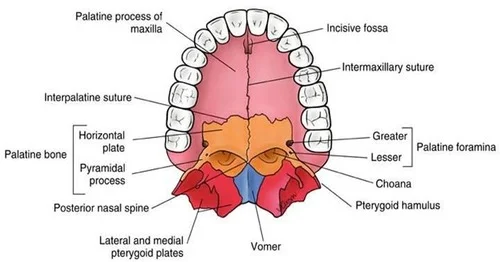
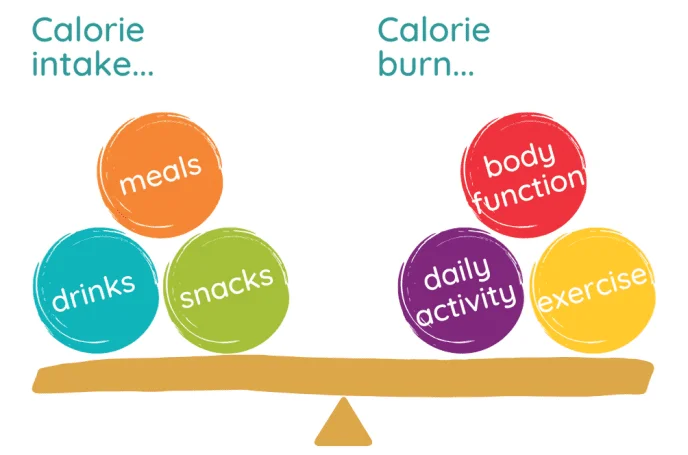
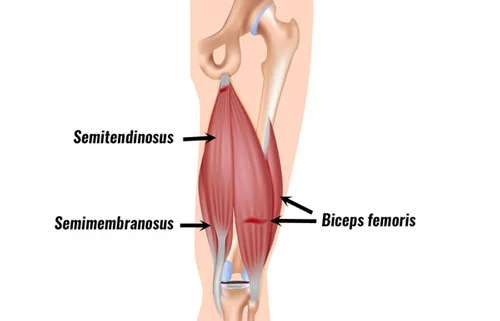

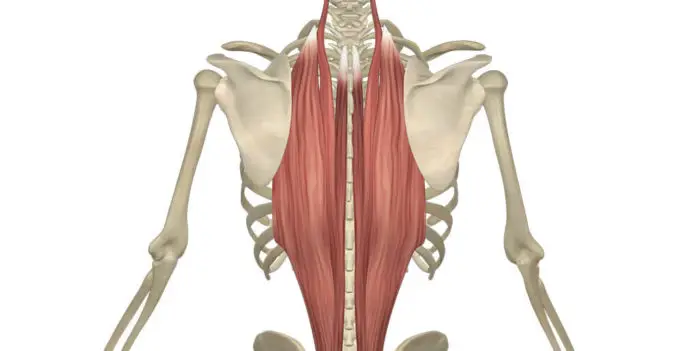
One Comment